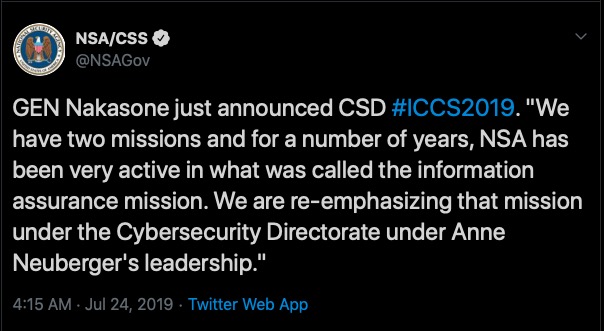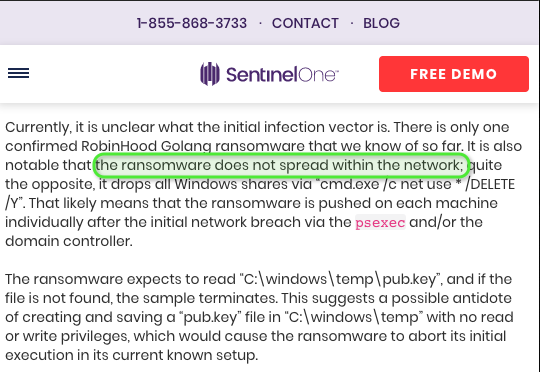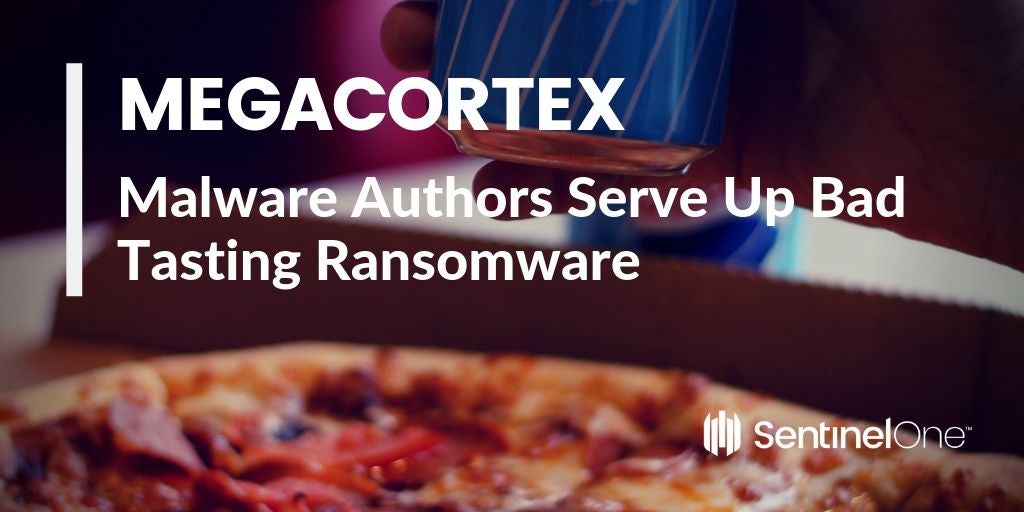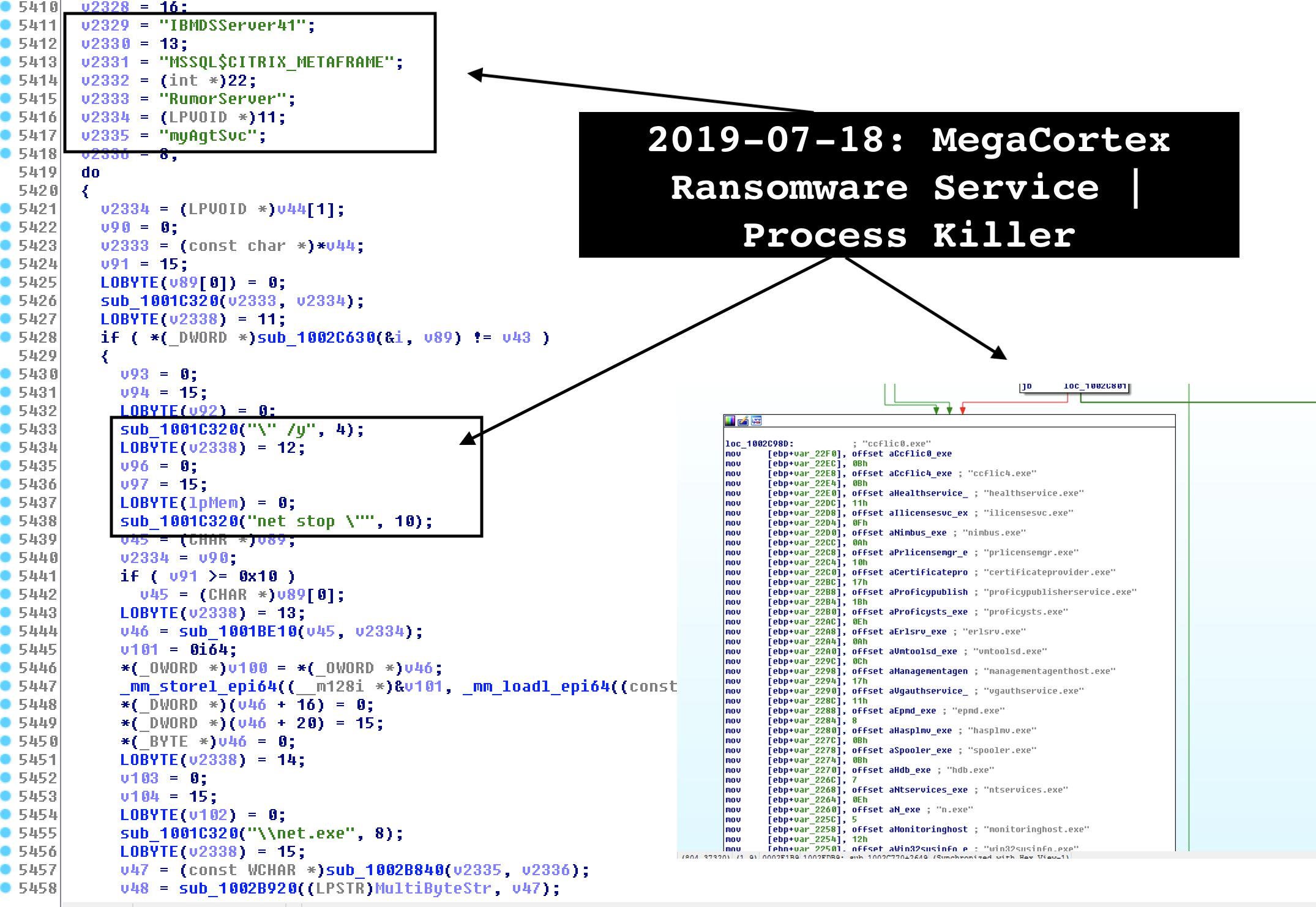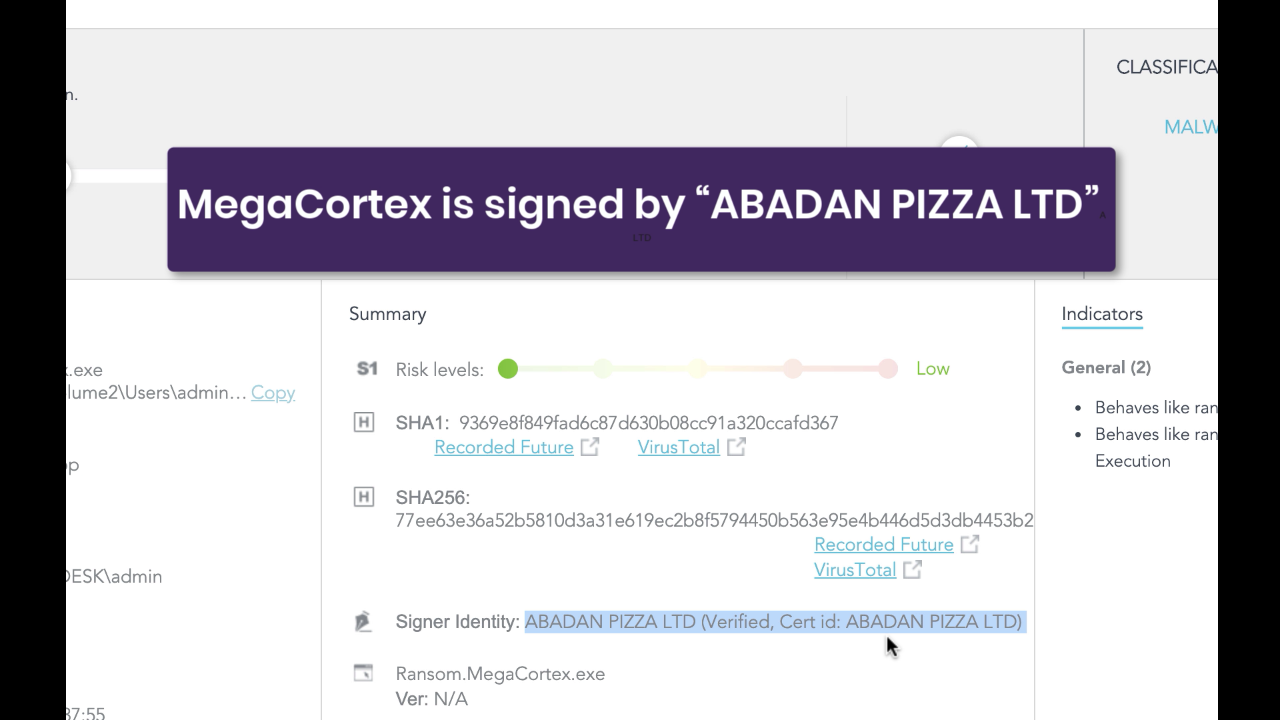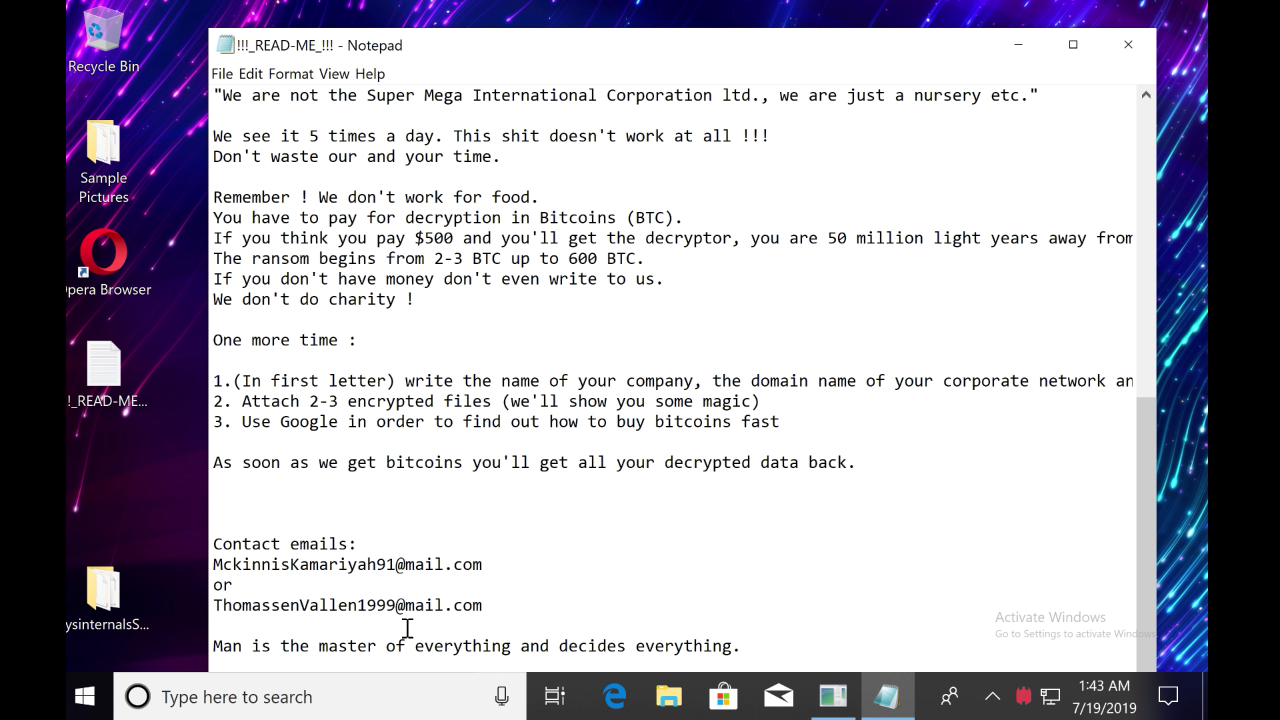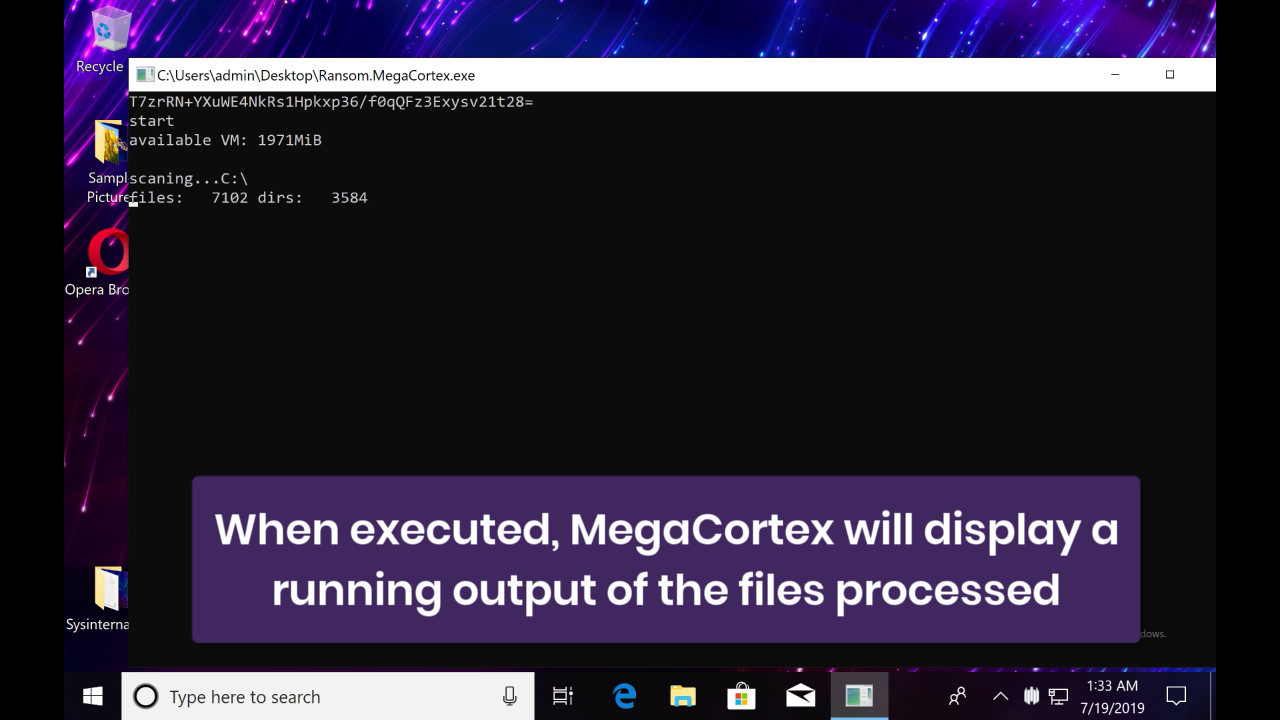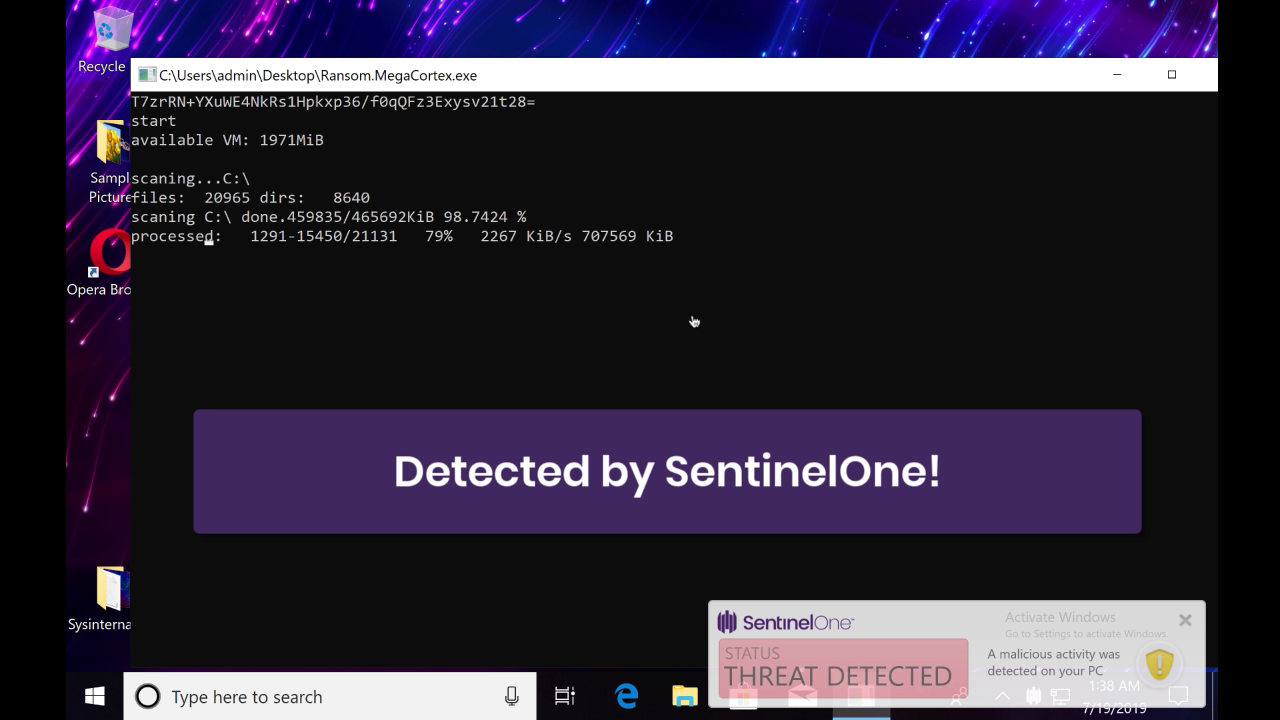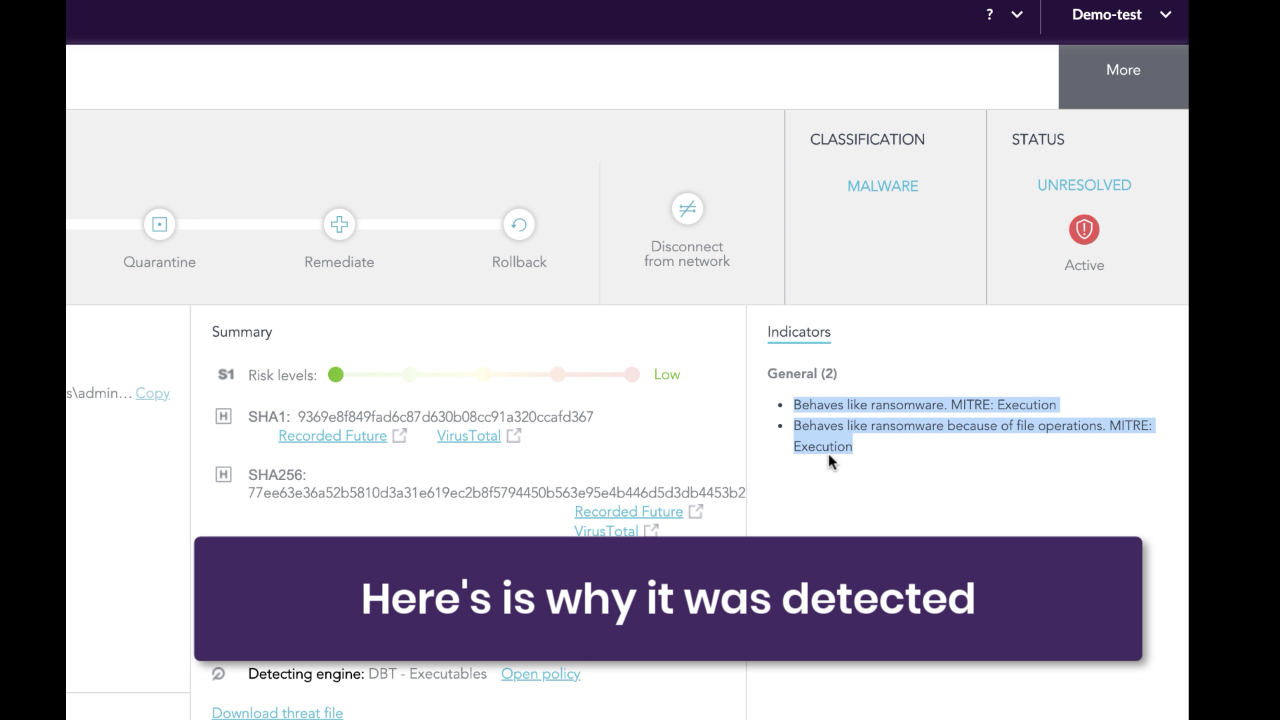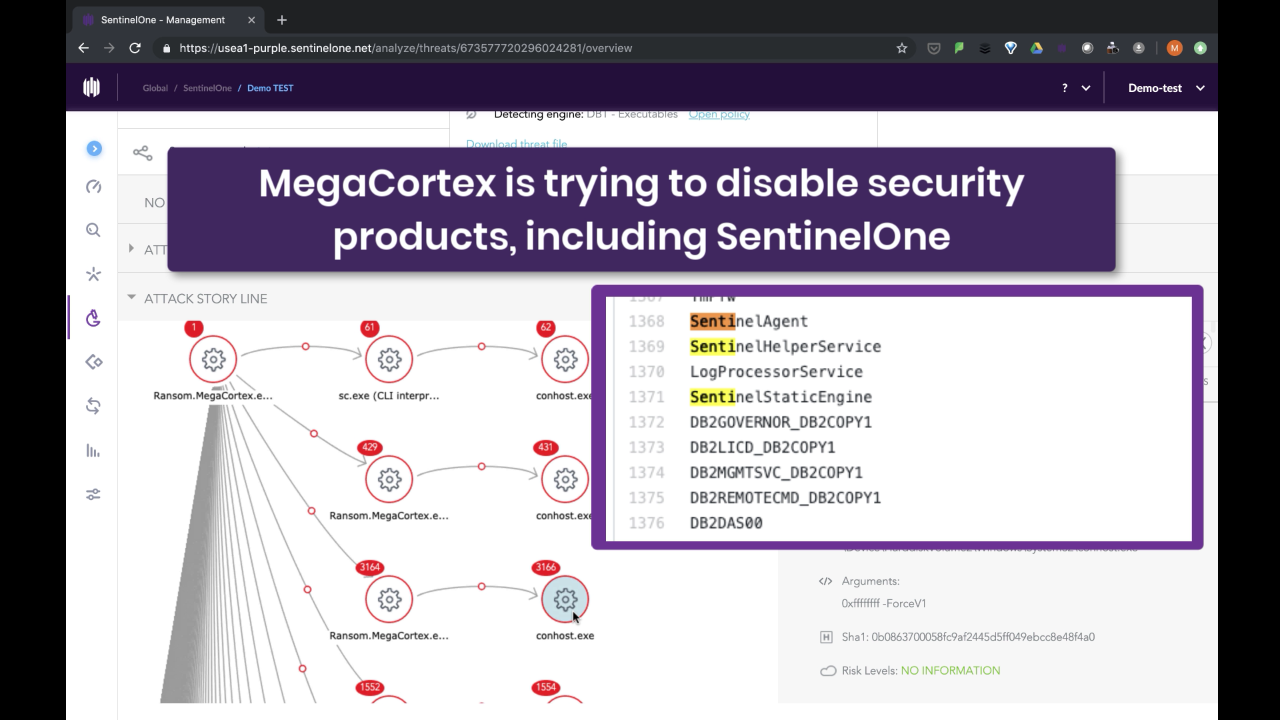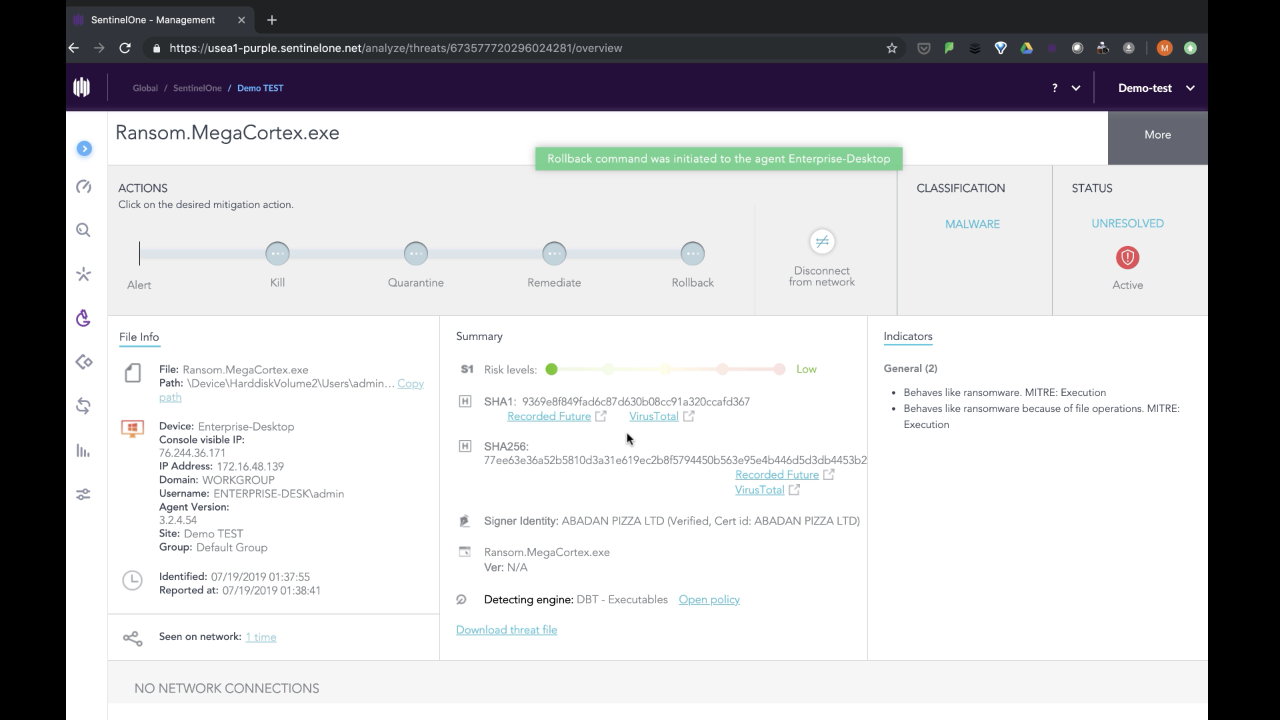Monday.com raises $150M more, now at $1.9B valuation, for workplace collaboration tools
Workplace collaboration platforms have become a crucial cornerstone of the modern office: workers’ lives are guided by software and what we do on our computers, and collaboration tools provide a way for us to let each other know what we’re working on, and how we’re doing it, in a format that’s (at best) easy to use without too much distraction from the work itself.
Now, Monday.com, one of the faster growing of these platforms, is announcing a $150 million round of equity funding — a whopping raise that points both to its success so far, and the opportunity ahead for the wider collaboration space, specifically around better team communication and team management.
The Series D funding — led by Sapphire Ventures, with Hamilton Lane, HarbourVest Partners, ION Crossover Partners and Vintage Investment Partners also participating — is coming in at what reliable sources tell me is a valuation of $1.9 billion, or nearly four times Monday.com’s valuation when it last raised money a year ago.
The big bump is in part to the company’s rapid expansion: it now has 80,000 organizations as customers, up from a mere 35,000 a year ago, with the number of actual employees within those organizations numbering as high as 4,000 employees, or as little as two, spanning some 200 industry verticals, including a fair number of companies that are non-technical in their nature (but still rely on using software and computers to get their work done). The client list includes Carlsberg, Discovery Channel, Phillips, Hulu and WeWork and a number of Fortune 500 companies.
“We have built flexibility into the platform,” Roy Mann, the CEO who co-founded the company with Eran Zinman, which is one reason he believes why it’s found a lot of stickiness among the wider field of knowledge workers looking for products that work not unlike the apps that they use as average consumers.
All those figures are also helping to put Monday.com on track for an IPO in the near future, said Roy Mann, the CEO who co-founded the company with Eran Zinman.
“An IPO is something that we are considering for the future, he said in an interview. “We are just at 1% of our potential, and we’re in a position for huge growth.” In terms of when that might happen, he and Zinman would not specify a timeline, but Mann added that this potentially could be the last round before a public listing.
On the other hand, there are some big plans up ahead for the startup, including adding in a free usage tier (to date, the only free on Monday.com is a free trial, all usage tiers have been otherwise paid), expanding geographically and into more languages, and continuing to develop the integration and automation technology that underpins the product. The aim is to have 200 applications working with Monday.com by the end of this year.
While the company is already generating cash and it has just raised a significant round, in the current market, that has definitely not kept venture-backed startups from raising more. (Monday.com, which first started life as Dapulse in 2014, has raised $234.1 million to date.)
Monday.com’s rise and growth are coming at an interesting moment for productivity software. There have been software platforms on the market for years aimed at helping workers communicate with each other, as well as to better track how projects and other activity are progressing. Despite being a relatively late entrant, Slack, the now-public workplace chat platform, has arguably defined the space. (It has even entered the modern work lexicon, where people now Slack each other, as a verb.)
That speaks to the opportunity to build products even when it looks like the market is established, but also — potentially — competition. Mann and Zinman are clear to point out that they definitely do not see Slack as a rival, though. “We even use Slack ourselves in the office,” Zinman noted.
The closer rivals, they note, are the likes of Airtable (now valued at $1.1 billion) and Notion (which we’ve confirmed with the company was raising and has now officially closed a round of $10 million on an equally outsized valuation of $800 million), as well as the wider field of project management tools like Jira, Wrike and Asana — although as Mann playfully pointed out, all of those could also feasibly be integrated into Monday.com and they would work better…
The market is still so nascent for collaboration tools that even with this crowded field, Mann said he believes that there is room for everyone and the differentiations that each platform currently offers: Notion, he noted as an example, feels geared towards more personal workspace management, while Airtable is more about taking on spreadsheets.
Within that, Monday.com hopes to position itself as the ever-powerful and smart go-to place to get an overview of everything that’s happening, with low-chat noise and no need for technical knowledge to gain understanding.
“Monday.com is revolutionizing the workplace software market and we’re delighted to be partnering with Roy, Eran, and the rest of the team in their mission to transform the way people work,” said Rajeev Dham, managing partner at Sapphire Ventures, in a statement. “Monday.com delivers the quality and ease of use typically reserved for consumer products to the enterprise, which we think unlocks significant value for workers and organizations alike.”
![]()



